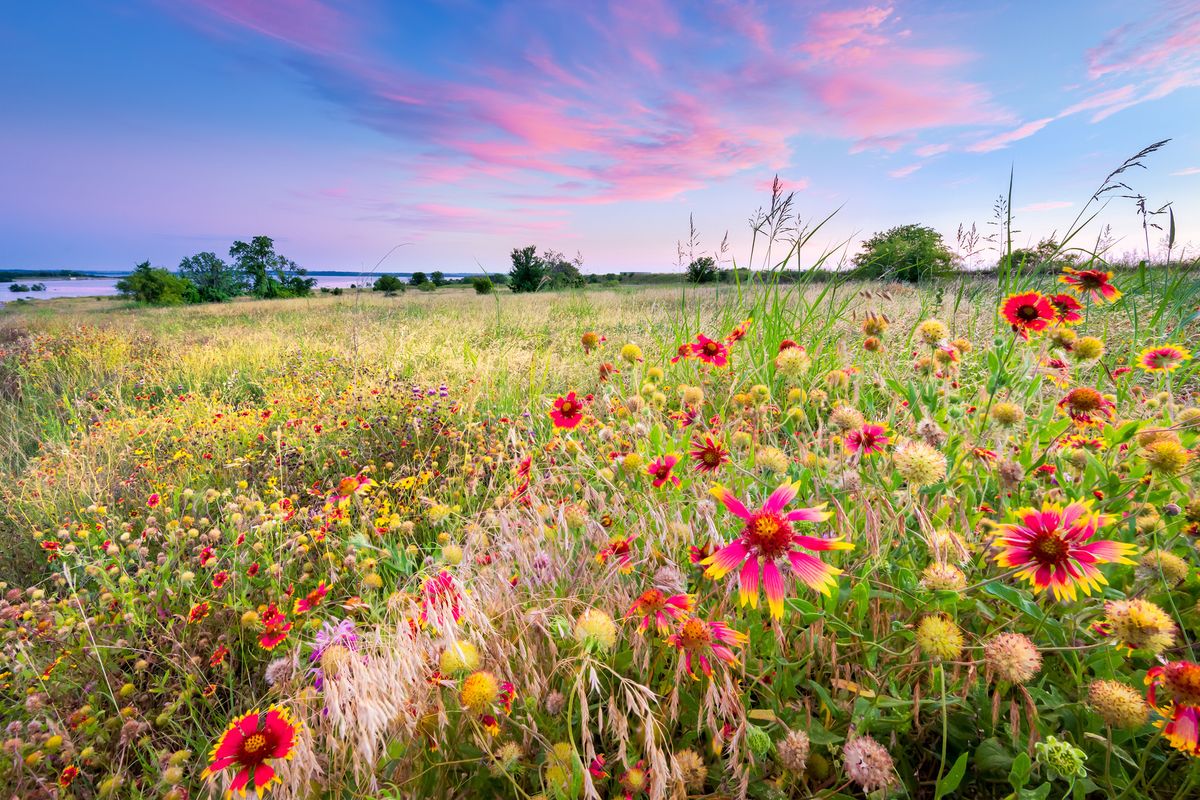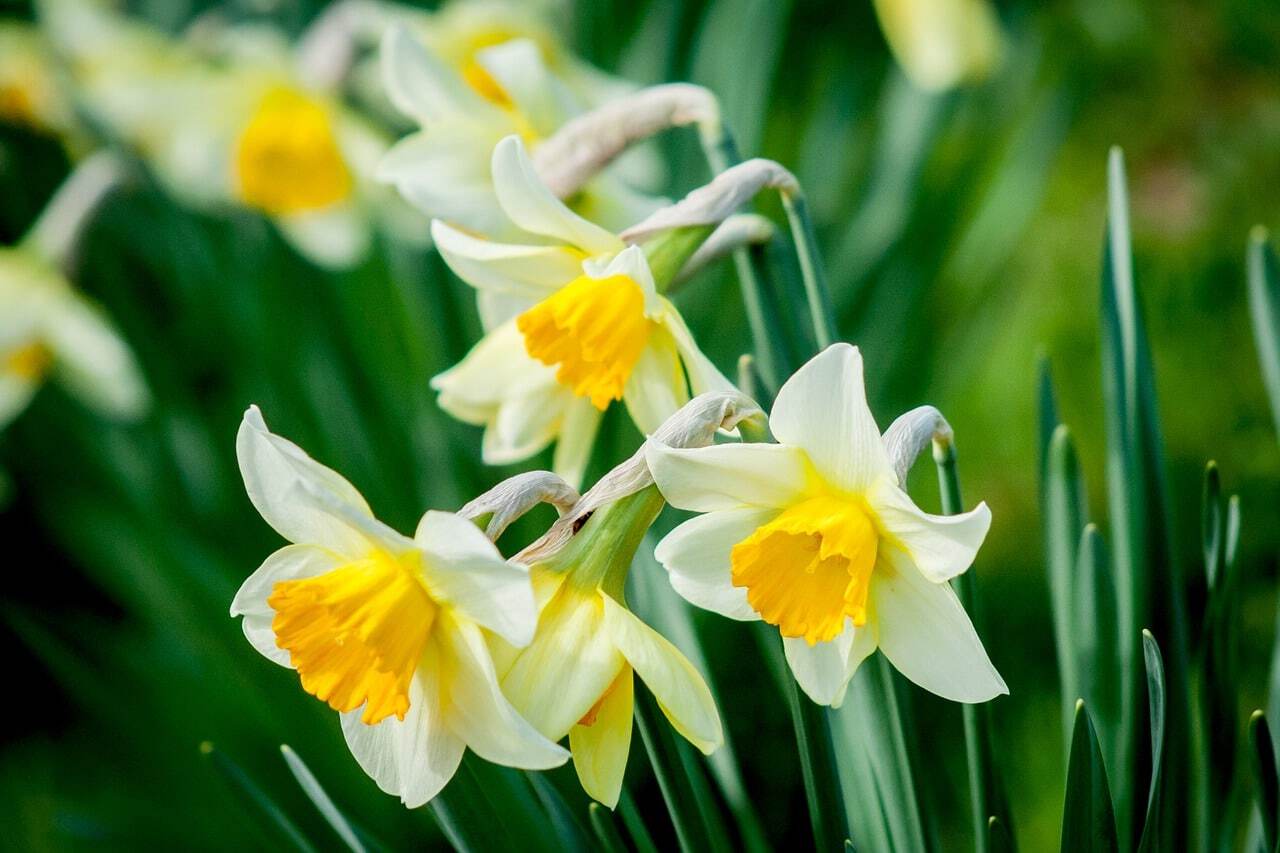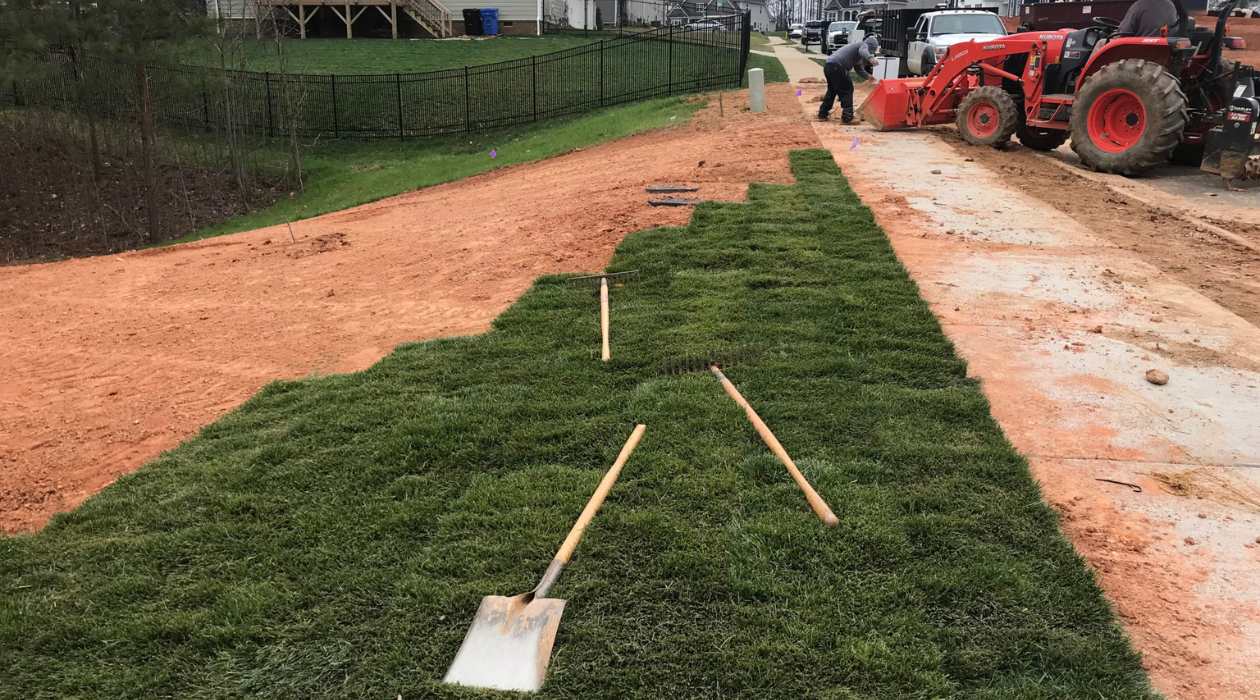Home>Ideas and Tips>The Best Time To Plant Wildflowers In Your Region


Ideas and Tips
The Best Time To Plant Wildflowers In Your Region
Modified: October 28, 2024
Discover the best times to plant wildflowers in your region for vibrant blooms and thriving gardens. Learn tips for spring and fall planting.
(Many of the links in this article redirect to a specific reviewed product. Your purchase of these products through affiliate links helps to generate commission for Storables.com, at no extra cost. Learn more)
Planting wildflowers can be a delightful way to add color and life to your garden. But when's the best time to plant wildflowers in your region? The answer depends on several factors, including your local climate, soil conditions, and the types of wildflowers you want to grow. Generally, the best times to plant wildflowers are in the spring and fall. Spring planting is great for annual wildflowers, while fall planting works well for perennials. Understanding your region's climate is crucial for successful planting.
Understanding Your Region's Climate
Knowing your region's climate helps you determine the best time to plant wildflowers. Each area has its unique weather patterns, which affect when you should plant. For example, in colder regions like Zone 5, planting in late fall or early spring is recommended. Fall planting allows seeds to experience the winter chill, which many native wildflowers need to germinate. In contrast, spring planting gives seeds a head start in warmer soil.
Read more: The Best Time To Plant Trees In Your Region
Zone-Specific Planting Times
-
Zone 5: In colder regions like Zone 5, aim to plant either in late fall or early spring. Fall planting allows the seeds to experience the winter chill, which is necessary for many native wildflowers to germinate. Spring planting, as soon as the threat of frost is over, gives the seeds a head start in warmer soil.
-
California: Given its Mediterranean climate, planting in late fall is ideal. This timing leverages the winter rains for natural watering, helping the seeds to establish before the dry summer.
-
New York (Zone 6): Similar to Zone 5 but with slightly milder winters. Here, planting in early fall or spring works well. Fall sowing should be timed before the first frost, allowing seeds to settle in before winter.
-
Minnesota (Zone 4): With harsh winters, spring planting is often more successful. Wait until the soil is workable and the risk of a hard frost has passed.
When to Plant Wildflowers
While each zone has its specifics, a general rule of thumb for most areas is to plant wildflower seeds in spring or fall. Here’s a detailed look at both seasons:
Spring Planting
Spring is an excellent time for planting wildflower seeds, especially for annual wildflowers. As the soil warms up, it's an ideal time for planting and growing wildflower seeds. This is especially true for annual wildflowers, which bloom the same year they are sown.
-
Soil Temperature: Most wildflower seeds germinate best when the soil temperature is consistently between 55°F and 70°F. Using a soil thermometer can help you determine the perfect planting window in your area.
-
Last Frost Date: It's crucial to wait until after the last frost date has passed before transplanting seedlings outdoors. This ensures that the young plants are not damaged by frosty temperatures.
Fall Planting
Fall is a natural choice for mimicking how wildflowers self-seed in nature. In fall, the cooler temperatures and early rainfalls help establish strong root systems without the threat of summer droughts.
-
Cold Stratification: Many perennial wildflowers require cold stratification to germinate. This means that the seeds need to be exposed to cold weather to break dormancy. If you live in an area that doesn’t freeze, you can simulate this process by placing the seeds in the fridge for several weeks or months before planting.
-
Winter Moisture: Winter moisture and frosty temperatures help the seeds break dormancy and trigger strong growth in spring. This natural process ensures that the wildflowers are in sync with Mother Nature, leading to healthier and more robust blooms.
Read more: When Is The Best Time To Plant Landscaping
Specific Planting Times for Different Types of Wildflowers
Annual Wildflowers
Annual wildflowers typically need to be planted in the spring or late fall. These plants need to reseed themselves to ensure flowers the following year. Planting them too late in spring or summer may not allow the plants to mature and produce viable seeds.
Biennial Wildflowers
Biennial wildflowers can be planted in spring, late summer, or late fall. Late fall dormant seedings will work, but early spring weed competition can cause problems. A late spring planting with preceding weed control will give better results and less long-term management.
Perennial Wildflowers
Perennial wildflowers can be planted in the spring or as a late fall dormant seeding. Dormant seeding offers natural stratification of seeds into the soil profile over winter months for better germination in the spring, but early spring weeds may develop before germination. A late spring planting with pre-seeding weed control will give better results and less long-term management.
Preparing Your Site for Wildflower Planting
Creating a thriving wildflower meadow begins long before the seeds hit the soil. Proper site preparation is crucial to ensure your wildflowers have the best environment for growth.
-
Soil Preparation: If you’re renovating an existing wildflower area, light discing to expose some bare soil may be all you need. For a new planting, till the soil, sow the seeds, and press them in with a roller or similar tool. Ensure that the seeds are not completely covered so they will have exposure to the sun.
-
Weeding: Regularly remove invasive weeds, especially in the early stages of growth. This prevents competition for water and nutrients and allows your wildflowers to establish themselves.
-
Watering: Water the newly planted seeds to get them started but be careful not to overwater. If Mother Nature doesn’t provide enough rainfall to keep the soil moist, you might need to step in to water. You want the seeds to have plenty of moisture to begin with and as the seedlings are germinating. Avoid letting them dry out.
Choosing the Right Wildflower Mix
Selecting the right mix of wildflowers is crucial for achieving continuous blooms from spring into summer. Here are some tips:
-
Mix of Annuals and Perennials: Choose a mix of annual and perennial wildflower seeds with staggered germination times. While annuals bloom quickly and perform well in the first year, perennials usually bloom better in the second or third year.
-
Staggered Blooms: Select wildflowers that bloom at different times to ensure your flowers stay beautiful beyond the usual bluebonnets and Indian paintbrushes that we know and love in spring. For example, bluebonnets and Indian paintbrushes for early spring, then evening primrose, Mexican hat, and coreopsis for later in the season.
Tips for Continuous Blooms
To keep your garden colorful from spring to summer, follow these tips:
-
Select Quick-Blooming Annuals: For the first-year planting, recommend a seed mix with quick-blooming annuals such as bluebonnets, tickseed, or annual coreopsis for an early show. Although a perennial, Mexican hat can also be planted as a short-term annual.
-
Perennial Varieties: Other perennial varieties could include Indian paintbrush, purple coneflower, or milkweed. These plants will provide a robust bloom in subsequent years.
-
Hardy Sunflowers: For even more summer color, consider hardy sunflowers. These will add a vibrant touch to your garden during the peak summer months.
Conclusion
Planting wildflowers is all about delayed gratification. By planting in September, October, or early November, you give the wildflowers time to establish before winter dormancy. This ensures that the plants are in sync with Mother Nature and will provide stunning spring blooms for years to come.
In summary:
- Spring Planting: Ideal for annual wildflowers; wait until after the last frost date.
- Fall Planting: Best for perennial wildflowers; allows for natural stratification and winter moisture.
- Soil Temperature: Most seeds germinate between 55°F and 70°F.
- Site Preparation: Till the soil, remove weeds, and ensure seeds have exposure to sunlight.
- Watering: Provide adequate moisture but avoid overwatering.
By following these guidelines tailored to your region's climate and specific plant requirements, you can create a thriving wildflower garden that brings beauty and biodiversity to your yard.
Was this page helpful?
At Storables.com, we guarantee accurate and reliable information. Our content, validated by Expert Board Contributors, is crafted following stringent Editorial Policies. We're committed to providing you with well-researched, expert-backed insights for all your informational needs.














0 thoughts on “The Best Time To Plant Wildflowers In Your Region”